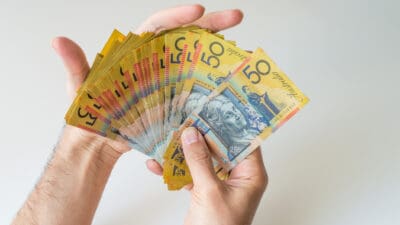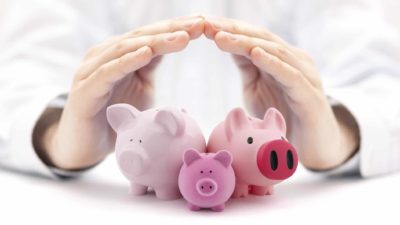Legendary investor Warren Buffett has a long and successful track record of generating big returns from investing in the share market.
You only need to look at his most recent letter to shareholders to see this. That letter shows that the Oracle of Omaha's Berkshire Hathaway (NYSE: BRK.B) business has delivered an average annual return of 19.8% between 1965 to 2022. This is double the market return over the same period.
One of the key reasons for Buffett's success is likely to be his focus on buying companies with wide economic moats.
The good news is that there is nothing stopping you from adopting a similar approach. In fact, by doing so, it may be possible to reduce risk and generate high returns over the long run.
Warren Buffett and economic moats
Warren Buffett historically looks for businesses with a competitive advantage or economic moat over their peers. In his 2007 letter to shareholders, Buffett said:
A truly great business must have an enduring "moat" that protects excellent returns on invested capital. The dynamics of capitalism guarantee that competitors will repeatedly assault any business "castle" that is earning high returns. Therefore a formidable barrier such as a company's being the low-cost producer (GEICO, Costco) or possessing a powerful world-wide brand (Coca-Cola, Gillette, American Express) is essential for sustained success. Business history is filled with "Roman Candles," companies whose moats proved illusory and were soon crossed.
As Buffett alludes to in this quote, moats come in all shapes and sizes. These can be low costs, branding, or even customer loyalty.
One example of the latter could be drinks giant Endeavour Group Ltd (ASX: EDV). This week it revealed that its Dan Murphy's loyalty program grew to over 5.2 million active members, a 15.6% increase from last year, with a record scan rate of 79%. This significant reach could be classed as a moat.
Though, it is worth acknowledging that an economic moat can be subjective. One investor may have a different view than another on whether a specific company enjoys a competitive advantage over its peers.
However, by comparing the financial performance of competing companies, their track records in a variety of operating conditions, and contrasting their business models, you may be able to gain an insight into whether they have a competitive advantage.
Why are moats important?
Warren Buffett's focus on moats is not a surprise. That's because companies with these qualities could have the potential to deliver stronger returns than those that don't have them.
For example, a business with a loyal customer base like Dan Murphy's may be able to charge higher prices for its goods when it needs to. (Like now when costs are rising because of inflation.) In addition, its sheer size gives it bargaining power with suppliers.
This could ultimately allow the company to operate with higher margins than its peers, giving it the financial flexibility to double down on its competitive advantage.
In addition, companies with economic moats may offer less risk than their peers. For example, they may enjoy more robust demand in weaker economic periods. This could support their profits and make them more financially sound than their peers.
A final testament to buying ASX shares with economic moats is the performance of VanEck Vectors Morningstar Wide Moat ETF (ASX: MOAT) over the last decade. It focuses on investing in stocks with wide moats.
The index the ETF tracks has generated a return of 17.4% per annum. This would have turned a $10,000 investment into almost $50,000. It seems that Buffett may be onto something.









